How to Price Amigurumi for Sale
In How to Price Amigurumi for Sale we will deep dive into the topics of selling handmade toys. You’ll find my unique pricing formula, but we will also discuss the unique challenges of pricing amigurumi for sale.
Have you been making amigurumi for fun and suddenly people are coming out of the woodwork asking you to crochet toys for them?
Or are you enjoying amigurumi so much and you’re toying with the idea of making this a little side business for yourself? (See what I did there?)
The problem isn’t with crocheting or knitting the toys. That’s the great part. Your conundrum is how to price amigurumi for sale.
I’ve been there, done that, got the t-shirt and I’m sharing my own personal formula specially created for selling handmade toys.

How to Price Amigurumi for Sale
We are going to cover everything from my personal amigurumi formula for selling handmade toys, but also some of its unique challenges.
There are a lot of guides out there for selling handmade products, but amigurumi is different and we are going to talk about those issues further down in the post as well.
Get your FREE Pricing Worksheet
I am NOT a Pricing Expert
First, I don’t want anyone to confuse me for an expert in this area.
Although I adore crocheting and knitting amigurumi and feel pretty confident about those skills, pricing is a whole other ball of wax (that should say yarn for our situation).
But I do have some experience in this arena and will share what I’ve learned as well as how I currently price items for sale.

Formula for Pricing Amigurumi
Here is my formula for pricing amigurumi, but just knowing the formula isn’t enough. We need to look at each one of the factors and assess our own unique situation.
Formula
Materials + Difficulty Level + Shipping + Customization + Selling Fees = Price
This is the formula I use for selling toys. You can use it exactly as it is or use it as a jumping off point for your own amigurumi.
Now, let’s dive into each part of the formula and how you can use it in your situation.
Materials

This is a pretty obvious one, but something we need to dive into a little deeper.
For those of us who make amigurumi, it can be tough figuring out our exact costs for materials.
We typically don’t use an entire skein of yarn or a whole bag of stuffing. But there are some things we can do to make this process a little easier for the future.
Weigh Your Yarn

I don’t recommend doing this every single time you make a toy, but in the beginning it will be helpful for knowing approximately how much yarn you’re using in each project.
First, get your yarn label and a calculator and let’s do a little math.
How much did you pay for the yarn? How many ounces/grams are in the entire skein? Divide the price by the total number of ounces/grams, that will give you the price per ounce/gram. Round to the nearest cent (or your own currency).
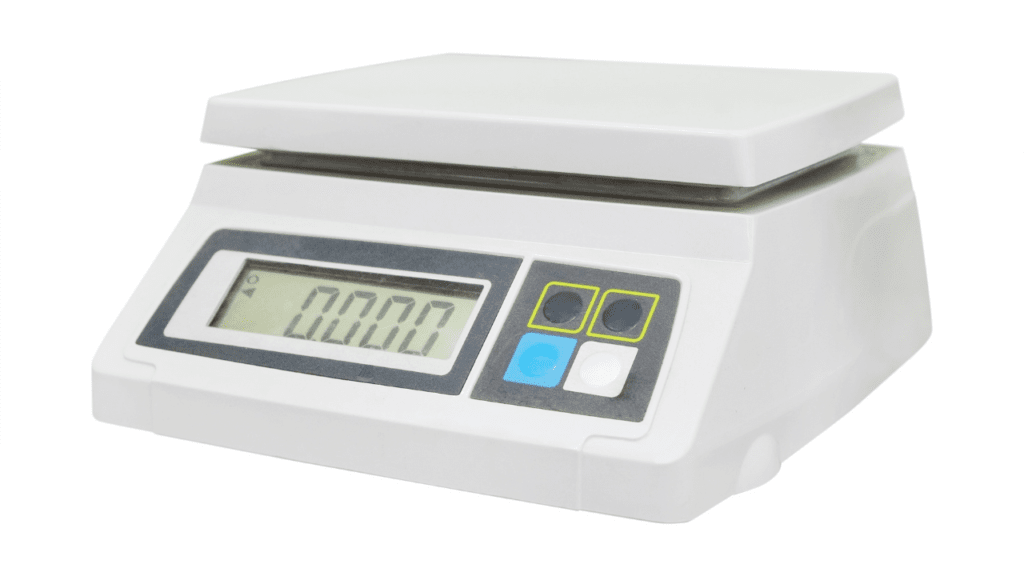
This post contains affiliate links and at no cost to you I may earn a teeny tiny commission if you choose to purchase them. Please know that I only recommend products I use and love! Thank you for supporting Le Petit Saint Crochet! You can read my full (and slightly boring) full disclosure here.
The key to this next step is having something like a Digital Food Scale. This will allow you to weigh the yarn before and after the project to accurately access how much you’re using for the toy.
Finally, multiply that number by the price per ounce. Now you know how much you should charge for your yarn materials.
Safety Eyes, Stuffing, & Embroidery Floss

For the safety eyes, you could divide the total price you paid for the safety eyes by how many pairs are in your pack. That will give you the exact price per pair of safety eyes.
For the stuffing and embroidery floss you are going to need to just guesstimate.
I recommend coming up with a flat number that you use for your materials outside of your yarn. For example you might just add $1 or $2 to your total for the eyes, stuffing and embroidery floss. It just makes it a little easier.
Packaging

Don’t forget to include the packaging in your price.
I typically buy boxes and tissue paper in bulk so I do a little math to make sure I know the price per box and tissue paper. That total gets added to the materials fee.

If you use ribbon and tags, don’t forget to total that amount as well.
Do I have to do this every time???????
I recommend totalling up your materials expenses the first couple of times you make a toy or:
- anytime you make a totally different toy
- when you use different materials like new yarn or new safety eyes
Since I make a lot of the same kinds of toys, use the same type of yarn and have totalled up the materials before, I know approximately how much my materials fees are going to cost me.
Difficulty Level

There’s a reason why I choose to use a difficulty level fee rather than total up the number of hours I worked on a project.
First, I always forget to set a timer and I never know how long it takes me to make a toy.
Secondly, I’m typically watching TV or spending time with my family while I knit or crochet so it seems a little weird to me to charge by the hour while I’m laughing at Linda from Bob’s Burgers.

Easy, Medium, Hard

Sounds like I’m describing how I want my eggs cooked, but this is the scale I give for my projects.
I determine how difficult I found the project to be. For example some of the simpler Pica Pau toys, I give a grade of Easy (like Pedro Pig), but for the dragon, I rated that as medium difficulty.

For example:
- Easy = $20
- Medium = $30
- Hard = $50+
This is just an example, so come up with your own number that works best for you.
Customization

When someone places a custom order with me I charge a flat fee.
Custom orders typically take more time and effort because you have to communicate with the person about what they want and it usually takes more effort to create exactly what they are looking for.
When I have taken custom orders, I clearly state what the fee is. Typically I charge anywhere from $10 – $20 more than a ready to ship toy.
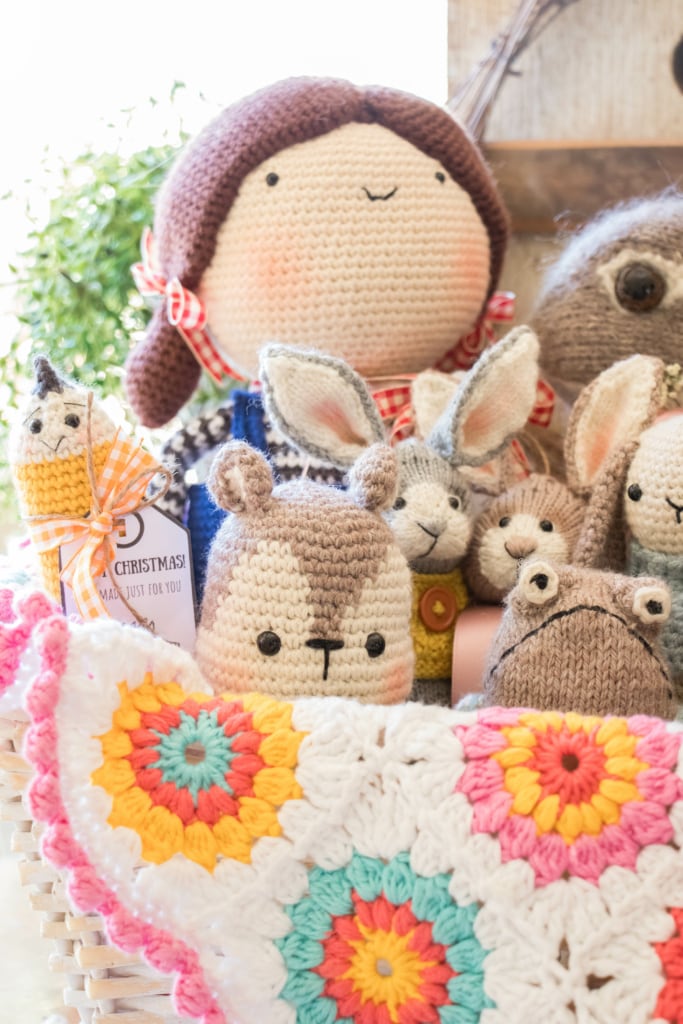
Just be clear with people about your pricing for custom orders and what you are and aren’t willing to do.
Most of my custom order clients have been really kind, never asked for anything ridiculous and they were all happy with the final product.
Selling Fees

Don’t forget to add the fees you’re paying for listing the item for sale.
Look into whatever platform you’re using and find the fees that you will pay to list and sell the amigurumi toy.
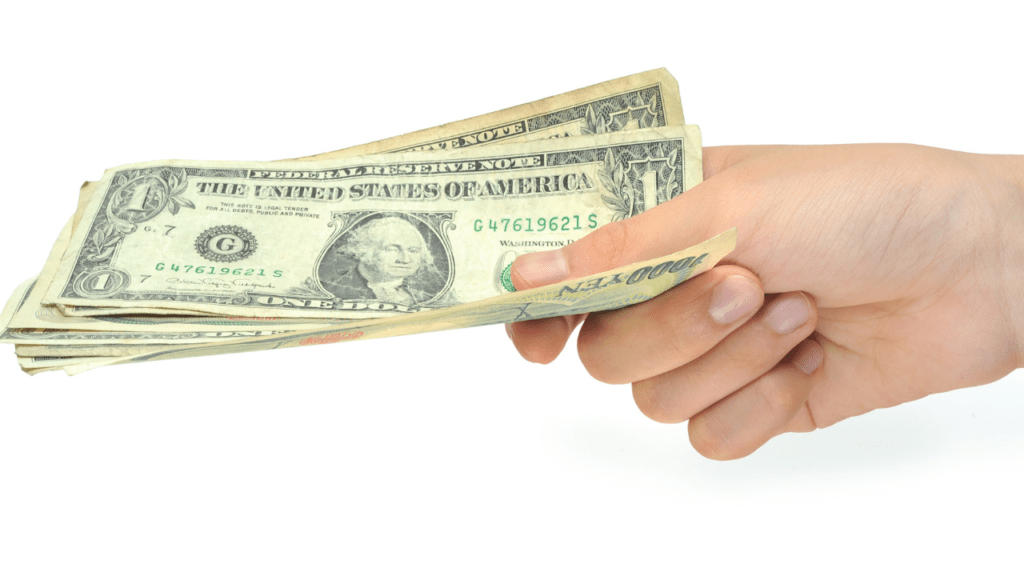
Shipping Costs

Do your homework to figure out how much it will cost you to ship domestically before you list the toy.
Even if you’re offering “free shipping” you need to include that cost in your final price.
When selling internationally, I don’t offer free shipping because the cost can vary wildly between countries.

My Toy is Too Expensive
Pricing your amigurumi for sale is an art, not a strict science.
Maybe you totalled everything up and you think it’s a ridiculous amount.
You may be totally underselling yourself. Your toys may be worth exactly what your total is and maybe even more.

What if you’re a real artist when it comes to amigurumi and you make completely unique, one of a kind collectors items, you probably should charge more.
But when in doubt….
Do Your Homework
The truth is your amigurumi toy is only worth as much as someone will pay for it.
So doing your homework is a really good thing to do.
Start looking at Etsy to see what other amigurumi sellers are charging for their handmade toys.
If you’re way under or way over the average prices, you may need to adjust.
How to Price Amigurumi for Sale
How to price amigurumi for sale is a uniquely challenging experience.
It’s difficult to just charge by the hour or use conventional handmade formulas.
What’s great about this formula is that it is completely customizable to your personal situation.
I hope you found this post helpful and that you not only enjoy selling amigurumi toys, but that you feel confident about your pricing.
Pin for Later!




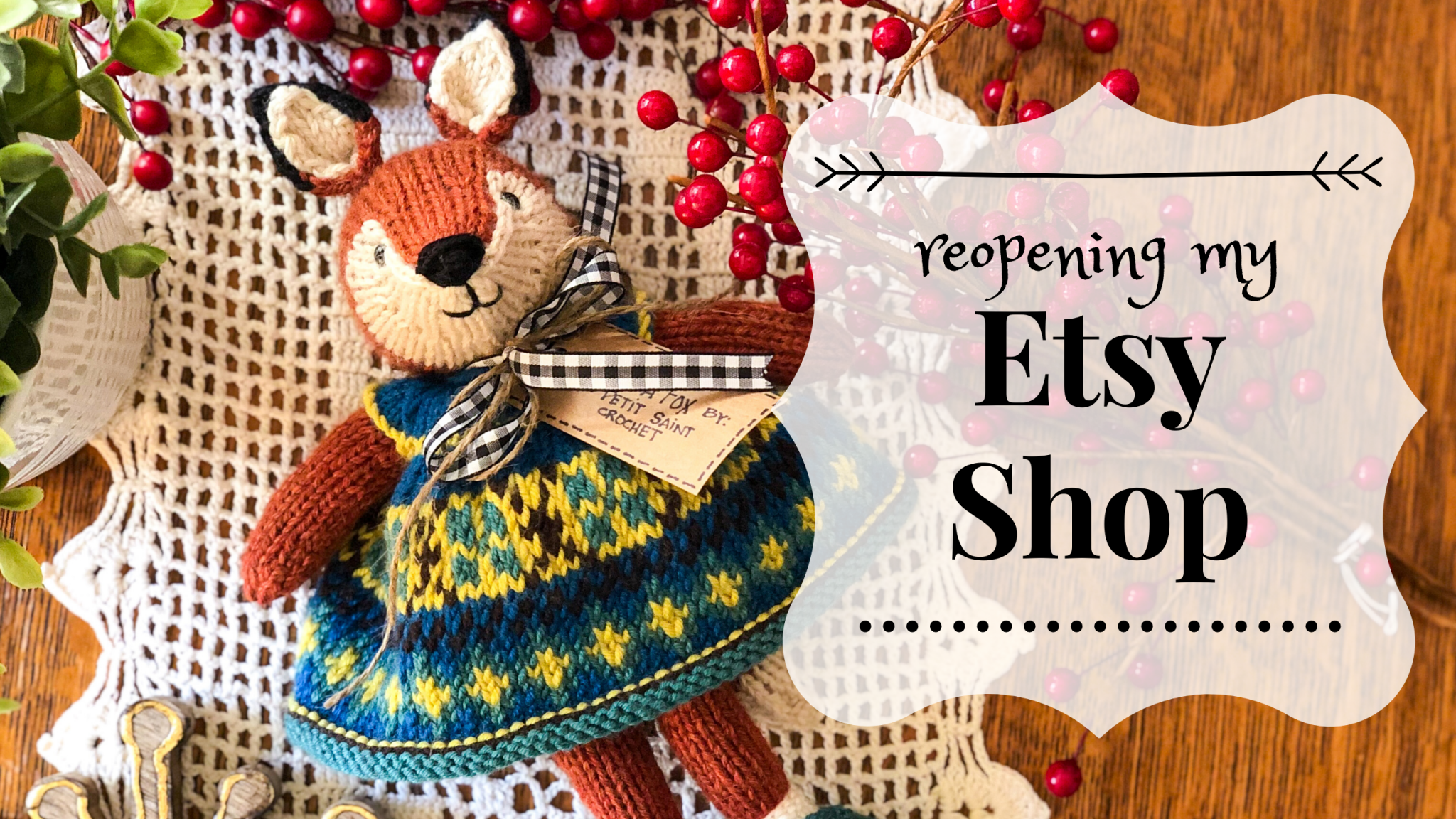

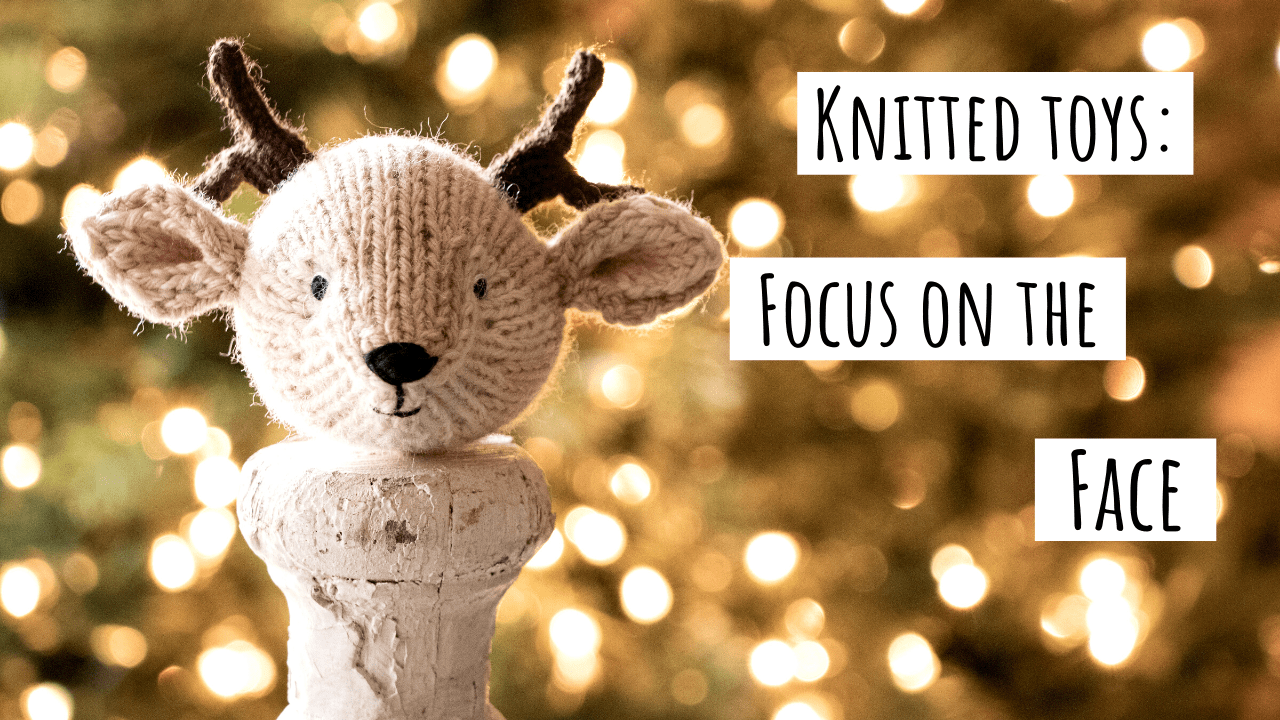
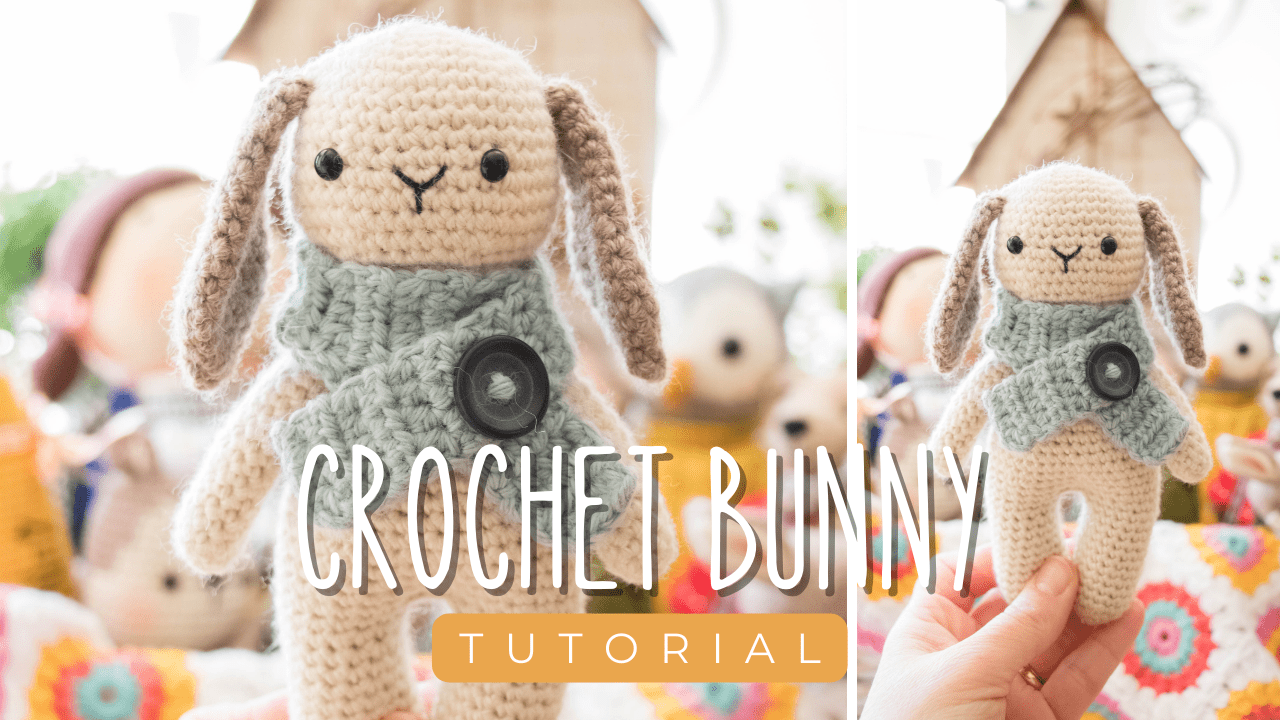

How’s the family? The boy? Everyone well? xoxo
It’s two steps forward, one step back, but we are finally getting the answers we’ve needed for so long. Thanks so much for checking in!!!
Well thankfully you are making forward progress. I am hopefu!
Thank you! That was very helpful!
So glad you found it helpful!!
I enjoy you every week thanks so much Elise.
Awww! You’re so very welcome!
Hello Elise, I am in France and I am delighted to see the name of your store in French! I have an amigurumi shop on the internet, your site helps me a lot, you are a source of inspiration for me. Thanks for all you’ve done! I hope the translation is good I am not very comfortable with English! thank you for being here! kindly. Isabelle
That’s so wonderful! I’m so glad you like the information and the translation is fantastic! I don’t speak French even a little bit, but the blog name means a lot to me! ðŸ°ðŸ°ðŸ°
This is great insight thanks for sharing â¤ï¸
So glad you found it helpful! 💓💓💓
Hello Elise, I found your guide to pricing amigurumi very insightful. I am just wondering on how to put a price on a difficulty level. Our rand dollar exchange rate is so bad that $40 = R595 and I am convinced nobody in South Africa would pay that amount for a home made toy, even though I think that compares very well with the R200/h I charge for extra mathematics classes. Do you perhaps have any other advice on how to decide on a price for difficulty. I always used the minimum wage/hour but that is also selling my work short!
Regards
Lizel
Hello! Your best bet is to begin experimenting with different price points. You don’t want to price yourself too low, but honestly, people don’t always value handmade items unfortunately. I know that isn’t much help, but checking out what others in your area are selling similar items for is also a good way to gauge your local market.
Thanks for tips!! You explained very well 🤗 Kind regards from Stockholm 💕
I’m so glad you found it helpful!